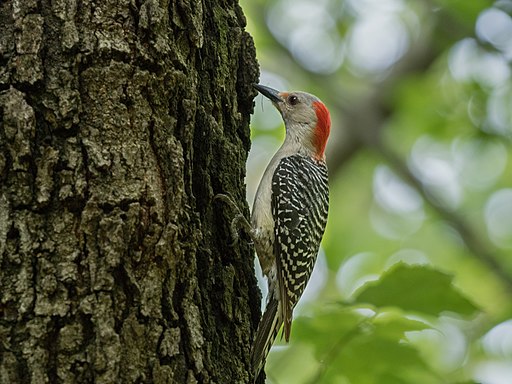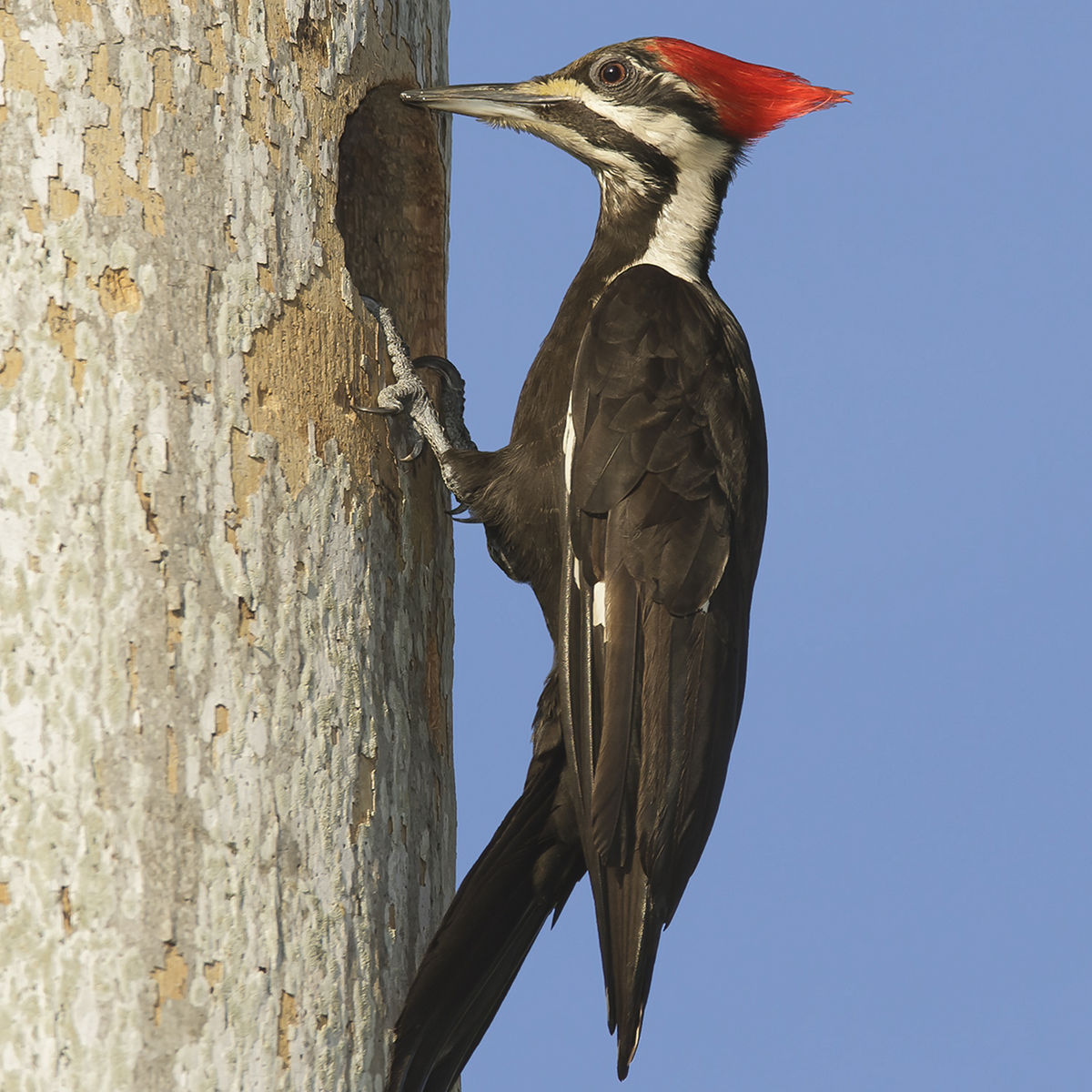Woodpeckers in Florida Populace: Species Introduction and Conservation
Woodpeckers in Florida Populace: Species Introduction and Conservation
Blog Article
Discover the Interesting World of Woodpeckers: Whatever You Required to Know
The world of woodpeckers is a world filled with distinct actions, intricate adaptations, and a varied array of species. From their habitats and circulation patterns to their feeding behaviors and specialized anatomical functions, woodpeckers have long astounded the interest of ornithologists and nature fanatics alike.
Woodpecker Habitats and Circulation
Woodpeckers populate a varied array of atmospheres worldwide, showcasing flexibility in their distribution patterns. These durable birds are located in woodlands, timberlands, savannas, and deserts throughout various continents, demonstrating their ability to flourish in various climatic problems. In The United States and copyright, for instance, woodpeckers can be identified in both coniferous and deciduous forests, utilizing their solid beaks to forage for insects and create nesting cavities in trees. In Africa, specific woodpecker varieties have actually adjusted to dry settings, such as the acacia forests, where they play a vital duty in controlling insect populaces.

Feeding Behaviors and Diet
Woodpeckers utilize their solid beaks to pierce right into the bark of trees, probing for pests and larvae hidden below the surface area. In addition to insects, woodpeckers also eat nuts, seeds, fruits, and sap.
Woodpeckers are recognized for their drumming actions, which serves not just to connect with other woodpeckers yet likewise to find food. The rapid drumming noise is produced by the bird pecking on resonant surfaces like dead trees or steel poles. This behavior can attract insects hidden in the wood, enabling the woodpecker to spot their existence and feed upon them.
One-of-a-kind Adjustments for Tree Climbing
In their skilled quest of bugs hidden within tree bark, woodpeckers have developed exceptional anatomical features that equip them with unique adaptations for reliable tree climbing. One of the crucial adjustments is their zygodactyl feet, with two toes aiming forward and two aiming backwards, providing a solid grip on tree trunks. This specific foot arrangement allows woodpeckers to cling to vertical surface areas effortlessly, enabling them to go up and down trees with agility. Additionally, woodpeckers have rigid tail feathers that act as an encouraging prop while they climb up, assisting in balance and security. Their strong, chisel-like beaks are not just made use of for boring right into timber however additionally for clutching onto bark as they rise tree trunks. Furthermore, woodpeckers have solid neck muscular tissues and a special head structure that take in the effect of constant pecking, allowing them to climb vertically without triggering injury to their minds. These adjustments display the incredible transformative design that makes it possible for woodpeckers to navigate trees with accuracy and performance.
Diverse Woodpecker Species Worldwide
With over 200 different types my sources spread out throughout various environments worldwide, the household of Picidae incorporates an exceptional variety of woodpeckers. These birds can be found in woodlands, timberlands, savannas, and even city areas, showcasing their flexibility to different settings. From the iconic Northern Flicker in The United States And copyright to the colorful and elusive Crimson-backed Flameback in Asia, each woodpecker types exhibits one-of-a-kind qualities in terms of plumage, actions, and environment preference.
Woodpeckers vary greatly in dimension, with the petite Downy Woodpecker measuring around 6-7 inches in size, while the powerful Lineated Woodpecker can get to up to 17 inches - Woodpeckers in Florida. Their beaks additionally can be found in various shapes and sizes, reflecting their feeding behaviors. Some varieties specialize in drawing out pests from tree bark, like the Acorn Woodpecker, while others, such as the Black-cheeked Woodpecker, prey on fruits and seeds

Conservation Initiatives and Challenges
Conservation efforts for woodpecker populaces are vital in alleviating the influence of habitat loss and other threats dealing with these diverse avian species. Woodpeckers encounter different challenges to More hints their survival, mostly due to logging, urbanization, climate adjustment, and intrusive varieties. To address these concerns, conservation initiatives focus on safeguarding and bring back woodpecker habitats, executing lasting forestry techniques, and raising recognition regarding the relevance of these birds in communities.
One significant challenge in woodpecker preservation is the fragmentation of their environments, causing separated populations that are a lot more prone to termination - Woodpeckers in Florida. Preservationists work to produce wild animals corridors and shielded areas that attach these fragmented habitats, allowing woodpeckers to move between various areas for feeding, reproducing, and sanctuary

Final Thought
In conclusion, woodpeckers are interesting birds with distinct adaptations for tree climbing and feeding behaviors. Additional research study and preservation activities are needed additional info to make sure the survival of woodpeckers in the wild.
Report this page